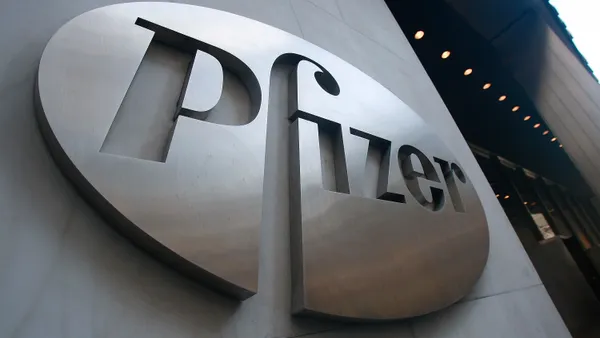There are plenty of questions about what 2025 might hold for the pharmaceutical market. While uncertainty driven by factors like the Inflation Reduction Act (IRA) have been in play for some time, new questions are being raised almost daily with an incoming Trump administration, the BIOSECURE Act, and an ever-changing geopolitical landscape.
However, there are more predictable realities too, including the continued dominance of obesity and other big diseases, and a need for dealmaking driven by the patent cliff which is no longer looming but well and truly upon us.
Pharma is a long game, so what does the picture look like if we cast an eye out to 2030?
The growth boost
The first thing to note is a growth rate of 7.7% from 2023-2030 – a significant increase on the five-year CAGR in recent years, and taking worldwide prescription drugs sales to a value of $1.7 trillion.
What’s driving this growth? Inevitably, obesity drugs loom large. GLP-1 agonists and related incretins are helping drive record overall prescription drug sales growth, propelling leaders Novo Nordisk and Eli Lilly to the top of the company rankings and hogging the lion’s share of the 2030 product top ten (see below). The burning question now is ‘how big could the market become?’. Evaluate Pharma’s consensus forecasts has the obesity market hitting $66bn by 2030, and many financial analysts believe that the incretins, across all uses, could become biopharma’s first drug class to hit annual sales of $100bn.
Top 10 Selling Products Worldwide in 2030

Beyond GLP-1s
While diabetes, obesity and potentially now MASH are driving the extraordinary growth of GLP-1s, there are other areas of significant growth. One of the features of the coming years looks to be a shift away from rare diseases. Niche products’ share of worldwide prescription drug sales by value has doubled over the last decade, from less than 10% in 2014 to almost a fifth today – with 2024 sales forecast to hit $185bn.
That looks set to change, though, with “big drugs for big diseases” garnering greatest interest from key pharma players. In the chart above, you’ll see that immuno-inflammation and oncology also make 2030’s top ten. Sanofi’s Dupixent and AbbVie’s Skyrizi will be the biggest non-obesity drugs in that year.
Resurgent CNS and respiratory are both prominent among the most valuable pipeline candidates (full analysis available in our full World Preview report), as innovation advances continue across the board. New modalities and technologies continue to open up novel targets and targeting mechanisms: antibody drug conjugates (ADCs), multi-specific antibodies, RNA-based therapies, and radiopharmaceuticals are all expected to grow steeply to 2030.
Cliff edge
Big Pharma’s appetite for these big drugs reflects ongoing patent expiry challenges, expected to thwart the likes of Merck, J&J and Bristol Myers Squibb this decade. Patent expiries are a feature of the landscape, just like the M&A that can help address them. Pharma acquisitions reached a healthy $124 billion in 2023 but have stalled – at least in value in 2024. By the end of Q3, total deal value was at just $65bn though a lively Q4 could still help fill some pipelines and mitigate those losses of exclusivity.
The US Inflation Reduction Act is bedding into the landscape. Industry’s legal challenges have so far failed, and price negotiations between pharma firms and Medicare/CMS are ongoing. Many implementation details of the Act remain unclear; over the coming months, we’ll learn just how aggressively (or otherwise) the incoming US administration will translate the law into action. We may also learn how kindly or otherwise the FTC will look upon large mergers, should larger biopharmas test the waters with sizable acquisitions that have been missing from the landscape for the past year.
The outlook
The next few months will also give players in the pharma market a better sense of the regulatory environment they’ll be operating in for the next four years, but the fundamentals of pharma remain strong. Innovation is firing on all cylinders, there is impetus for dealmaking, and there are hints of the IPO window finally opening which will provide investors for exits and opportunities for reinvestment.
Evaluate’s full World Preview report delves into much more detail about growth in key therapy areas, some big shifts in the top 10 pharma companies, and the most valuable pipeline assets. You can find the report and a range of analysis around it here.










